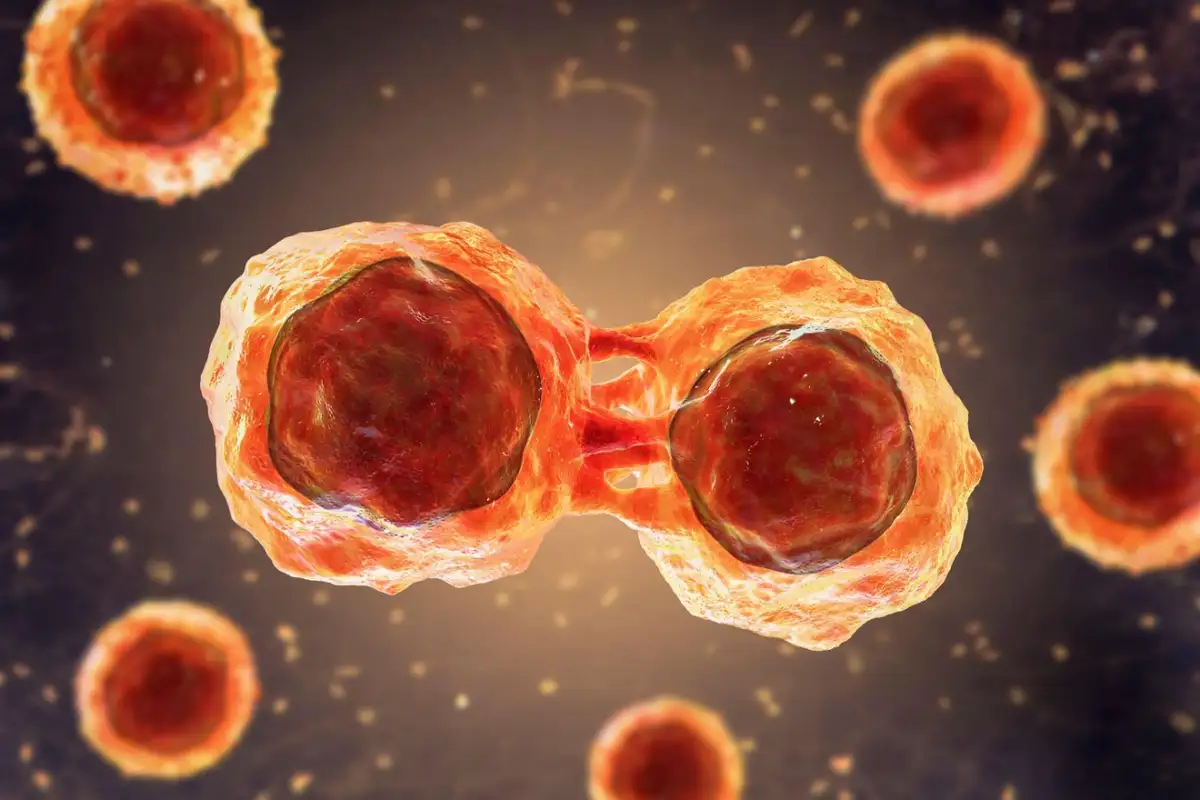
Recent approaches look at containment rather than total destruction. Especially in slow-growing blood cancers, control matters. Physicians now monitor rather than rush into treatment. Some cells are allowed to remain. The goal shifts from elimination to long-term stability. This change alters how remission is understood.
Mutations once thought random are now used to personalize medication
Next-generation sequencing maps mutations faster than before. In certain leukemias, one mutation may guide the entire plan. A mutation in FLT3 or IDH1 shapes drug choice directly. What once looked chaotic is now coded and mapped. These details redefine precision in treatment.
Immunotherapy doesn’t always use external drugs anymore
CAR-T was once lab-built. Now, the body is encouraged to do the engineering itself. T-cells are instructed, not replaced. Modified in vivo. This shift reduces cost, handling, and risk. The body becomes the factory. A process once external now occurs within.
Bone marrow transplants are becoming less intense for many patients
Myeloablative conditioning used to be mandatory. Now, reduced-intensity regimens are accepted in more cases. Especially for older adults. These gentler protocols make transplants accessible. They lower risks of severe toxicity. A door opens where it was once shut.
Liquid biopsies allow treatment shifts without waiting for symptoms
Instead of waiting for relapse symptoms, blood-based tests now detect tiny changes early. These signals guide new treatment before things worsen. Minimal residual disease becomes a trigger. Therapy adapts based on real-time molecular whispers.
Some treatments aim at the environment, not just the cancer
The microenvironment inside bone marrow influences disease behavior. Certain cells protect malignant clones. New drugs break that support system. They don’t attack cancer directly but remove its safe space. The battlefield changes terrain.
Targeting the epigenetic code is proving more impactful than expected
Epigenetic drugs shift how cancer reads its own instructions. They don’t alter DNA but influence expression. These therapies unlock silenced genes or repress harmful ones. They reshape identity at the expression level. Not genetic rewriting—just reprogramming behavior.
Certain blood cancers are responding to vaccines under development
These aren’t preventive vaccines, but therapeutic ones. They train the immune system to recognize specific cancer features. Trials in multiple myeloma and lymphoma show T-cell activation. The body gains memory of cancer’s profile. It responds faster with each encounter.
Resistance patterns are being mapped before they emerge
Artificial intelligence now models how certain blood cancers will resist treatment. Predictive software scans treatment paths and genetic markers. It outlines likely escape routes cancer cells may use. Strategies shift before resistance even begins.
Cell exhaustion is being reversed instead of accepted
Exhausted immune cells used to mean the end of response. Now, they’re rejuvenated. New molecules restore T-cell energy. They allow extended immune activity against cancer. Fatigue is no longer a final wall. It becomes something to be treated directly.
Dual-antigen targeting reduces relapse in CAR-T treatments
Original CAR-T focused on one antigen. Cancer adapted. Now, dual-target therapies engage multiple antigens simultaneously. The margin for escape narrows. Relapse rates drop. New constructs follow a two-key model—if one lock fails, the second holds.
New forms of bispecific antibodies reduce the need for constant infusions
Old bispecifics needed hospital stays. New ones last longer in the bloodstream. They’re modified to remain active for weeks. Patients gain time between treatments. Efficacy stays high, burden lowers. Convenience and strength combine more frequently.
Some therapies work better in sequence, not simultaneously
Combining everything at once overwhelmed patients. Now, staggered treatment sequences show better results. A targeted agent clears space. Then, an immunotherapy follows. The immune system functions better after certain chemotherapies. Timing now shapes success.
Relapse is being viewed as a data opportunity, not just failure
Every relapse contains information. Molecular changes reveal what didn’t work and what might next time. Biopsy becomes blueprint. Failures are decoded. Adjustments follow. Treatment becomes more intelligent with each setback.
Gene editing tools are being applied to donor immune cells
Instead of hoping for compatibility, gene editing now removes problematic markers. Donor cells are modified for safety. Graft-versus-host risks fall. Effectiveness remains. Allogeneic transplant becomes safer with precision-cut immunity.
Resistance to chemotherapy is traced back to energy production pathways
Some leukemia cells alter their mitochondria to survive. Blocking those energy adaptations makes them vulnerable again. New drugs target ATP production directly. Cancer tires out. Cells once resistant run out of power.
Personalized dosing based on drug metabolism is reducing side effects
Not all patients break down drugs the same. Enzyme levels vary. Now, blood tests predict metabolism. Doses adjust to individual needs. Toxicity falls. Efficacy rises. Side effects are no longer a guessing game.
Engineered NK cells are entering trials as faster alternatives to CAR-T
Natural killer cells are ready within hours. Unlike CAR-T, they don’t require weeks of preparation. Engineered NKs are universal, not patient-specific. Off-the-shelf solutions enter blood cancer treatment, shortening delays.
Some treatments now aim to preserve quality of life first
Complete remission isn’t always the measure. In chronic blood cancers, well-being matters more. Drugs are selected not just for tumor shrinkage but for energy preservation. Side effects are weighed heavily. Patients guide decisions with goals beyond survival.
Iron metabolism is being manipulated in certain aggressive leukemias
Iron feeds many rapidly dividing cancer cells. Limiting availability starves them. New agents trap iron or block its usage. This shift slows proliferation. Cancer struggles to grow without fuel.
Stem-like cancer cells are being identified as treatment-resistant cores
Some blood cancers contain dormant cells with stem-like properties. These survive most treatments. New agents aim at these hidden seeds. Removing them may prevent long-term relapse. Treatment now targets surface and root together.
Some drugs aim to wake up silent tumor suppressor genes
Certain cancer-protecting genes go quiet under pressure. Epigenetic drugs restore their voice. These genes re-engage cell death, growth arrest, or DNA repair. Old defenses reawaken.
Early trials use microbiome modulation to improve response rates
Gut bacteria influence how immune cells behave. Certain microbial compositions correlate with better outcomes. Probiotics or fecal transplants may shift the immune response. Trials explore whether the gut can tilt cancer outcomes.
Real-time monitoring with wearable tech supports ongoing care
Smart devices now track blood markers through sweat or interstitial fluid. Early signs of relapse appear in the data. Alerts send patients to clinics sooner. Blood cancer care becomes continuous, not visit-based.
Antibody-drug conjugates offer focused attack with less collateral damage
Antibodies carry toxic agents directly to malignant cells. Normal cells are spared. Precision reduces toxicity. The cancer cell becomes the carrier of its own downfall.
Some patients enter remission after therapies once deemed unlikely to work
Outliers are studied closely. Why did this one respond? Their molecular signature may unlock wider understanding. Single cases shape entire drug classes. Unexpected responses now fuel innovation.
Functional cures may come through stable remission, not eradication
In some chronic blood cancers, long-term control replaces cure. Cancer remains, but inactive. Medication pauses without recurrence. The body and disease reach a quiet balance.
